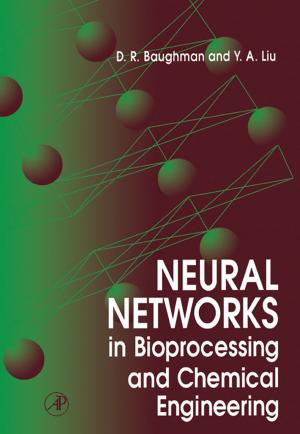Building the Most Complex Structure on Earth
An Epigenetic Narrative of Development and Evolution of Animals
Nonfiction, Science & Nature, Science, Biological Sciences, Genetics| Author: | Nelson R. Cabej | ISBN: | 9780124017290 |
| Publisher: | Elsevier Science | Publication: | April 1, 2013 |
| Imprint: | Elsevier | Language: | English |
| Author: | Nelson R. Cabej |
| ISBN: | 9780124017290 |
| Publisher: | Elsevier Science |
| Publication: | April 1, 2013 |
| Imprint: | Elsevier |
| Language: | English |
Building the Most Complex Structure on Earth provides readers with a basic biological education an easy and understandable introduction into a new epigenetic theory of development and evolution. This is a novel theory that describes the epigenetic mechanisms of the development and evolution of animals and explains the colossal evolution and diversification of animals from a new post-genetic perspective. Modern biology has demonstrated the existence of a common genetic toolkit in the animal kingdom, but neither the number of genes nor the evolution of new genes is responsible for the development and evolution of animals. The failure to understand how the same genetic toolkit is used to produce millions of widely different animal forms remains a perplexing conundrum in modern biology. The novel theory shows that the development and evolution of the animal kingdom are functions of epigenetic mechanisms, which are the competent users of the genetic toolkit.
- Provides a comprehensive view of the epigenetic aspects of reproduction, development, and evolution.
- Highly rigorous, but simple enough for readers with only a basic knowledge of biology.
Building the Most Complex Structure on Earth provides readers with a basic biological education an easy and understandable introduction into a new epigenetic theory of development and evolution. This is a novel theory that describes the epigenetic mechanisms of the development and evolution of animals and explains the colossal evolution and diversification of animals from a new post-genetic perspective. Modern biology has demonstrated the existence of a common genetic toolkit in the animal kingdom, but neither the number of genes nor the evolution of new genes is responsible for the development and evolution of animals. The failure to understand how the same genetic toolkit is used to produce millions of widely different animal forms remains a perplexing conundrum in modern biology. The novel theory shows that the development and evolution of the animal kingdom are functions of epigenetic mechanisms, which are the competent users of the genetic toolkit.
- Provides a comprehensive view of the epigenetic aspects of reproduction, development, and evolution.
- Highly rigorous, but simple enough for readers with only a basic knowledge of biology.















